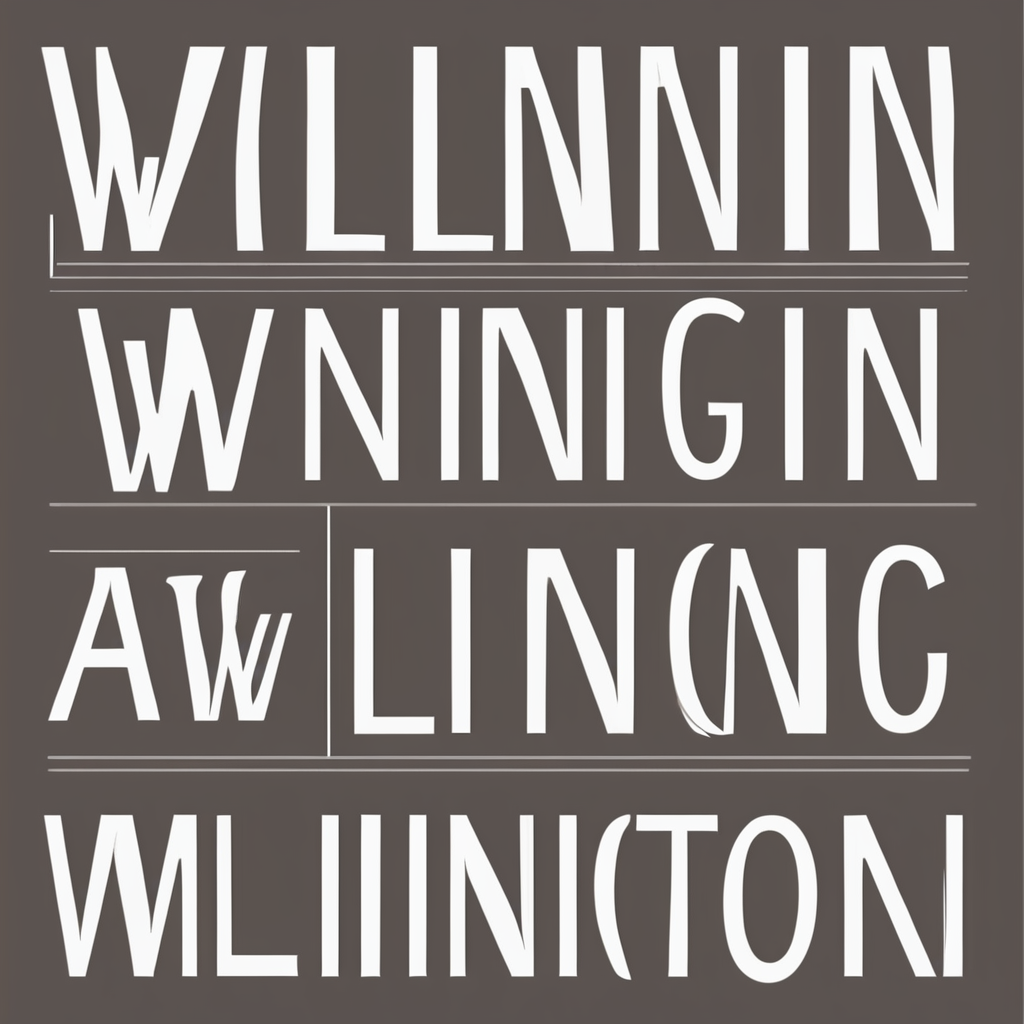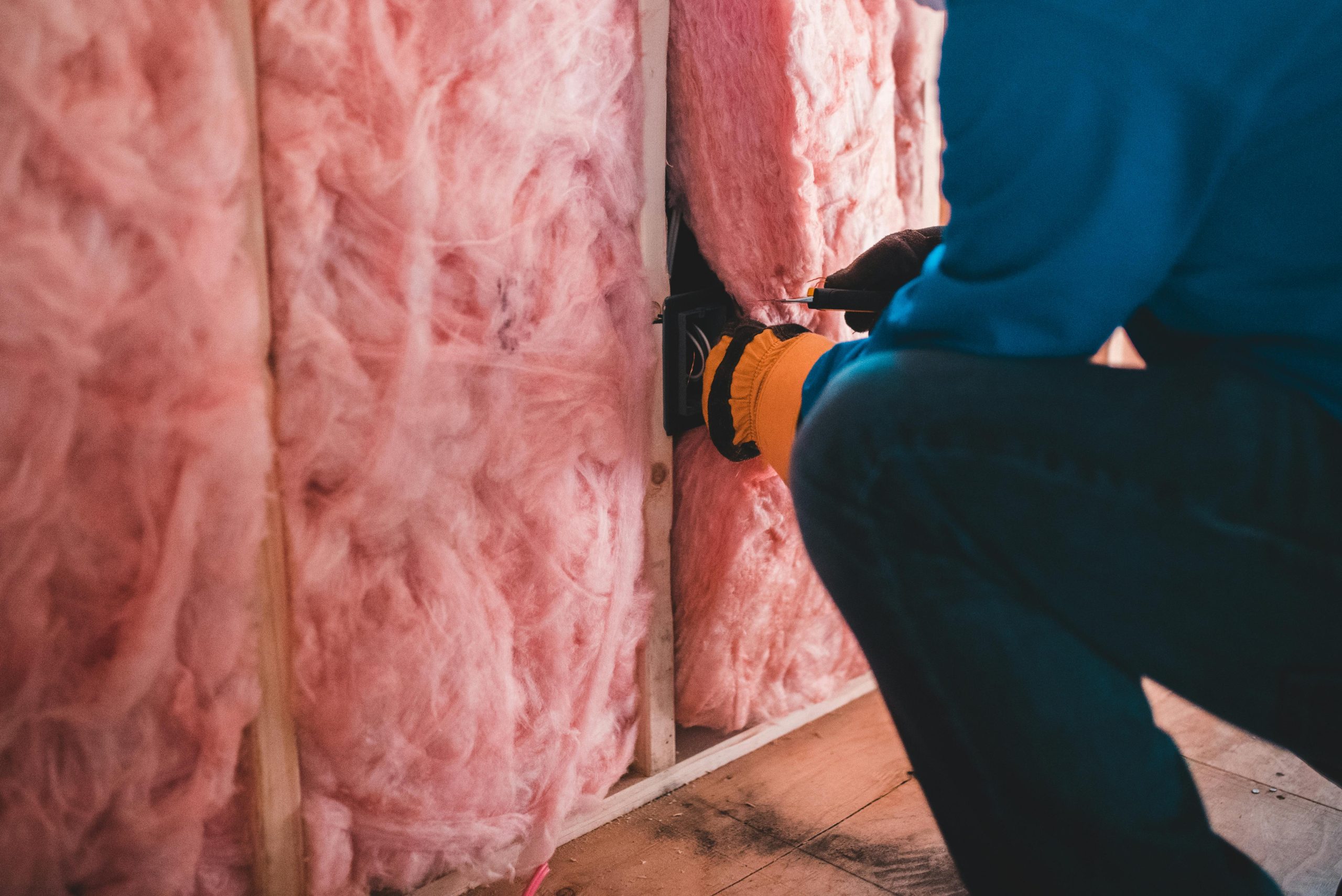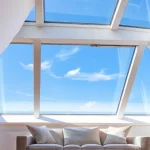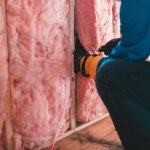EPS insulation combines outstanding thermal efficiency with lightweight durability, making it ideal for homes aiming to cut energy costs and enhance comfort. Resistant to moisture and pests, it adapts to various applications—from floors to external walls—offering long-lasting performance. Its range of densities and thicknesses allows precise tailoring to your project’s needs, balancing budget and effectiveness without compromising quality or sustainability.
Essential facts about EPS insulation for building and renovation projects
Reliable thermal performance, low weight, and adaptability make EPS Insulation a standout choice for modern construction and renovation projects. Manufactured from expanded polystyrene beads, this insulation provides high levels of energy efficiency at an accessible price point. Its closed-cell structure leads to excellent moisture resistance and lasting durability, which ensures that buildings maintain optimal temperatures and comfort throughout the year.
This might interest you : Restoring Elegance: Essential Tips for Revamping Your Historic Stone Fireplace in a Cotswold Cottage
A variety of EPS foam types exist, with grades such as EPS1, EPS2, EPS7, EPS15, and EPS25 each distinguished by their density and insulating power. Board sizes commonly measure 24mm x 12mm (8′ x 4′) with numerous thicknesses, including 12mm, 15mm, and 25mm or more, catering to both standard and high-performance projects. These options ensure property owners can fine-tune insulation according to building regulations or specific comfort requirements.
Efficient installation methods—ranging from mechanical fixing to adhesive bonding—help meet stringent energy-saving standards. Air-sealing techniques and correct gap spacing further enhance insulation performance, while the ease of cutting and handling polystyrene panels streamlines installation for floors, walls, and roofs. This balance of practicality and performance continues to boost the popularity of EPS insulation.
Also to read : Expert bathroom fitters in orpington for your renovation needs
Understanding EPS Insulation: Composition, Variants, and Performance
Expanded Polystyrene (EPS) insulation is engineered from tiny polystyrene beads expanded through steam and fused into rigid, closed-cell boards. These boards are classified by grade—such as EPS1, EPS2, EPS7, EPS15, and EPS25—which indicate density and compressive strength. Higher grades (EPS15, EPS25) are preferred in floors and heavy-duty building elements requiring load bearing, while lower grades like EPS1 and EPS2 are suited for walls and roof insulation.
Board sizes and thicknesses vary widely. Standard sheets measure approximately 2400mm x 1200mm (8′ x 4′), with common thicknesses ranging from 12mm to over 150mm. This flexibility allows project-specific solutions for thermal and structural needs. For example, thinner boards work well for cavity walls, while thicker products enhance floor and roof insulation.
Performance is measured by r-value—a higher value reflects better resistance to heat flow. EPS boards typically deliver r-values between 0.88 and 4.2 (for varying thicknesses), with thermal conductivities around 0.030 W/mK for standard grades and even lower for graphite-enhanced EPS. This performance frequently meets or exceeds building standards for energy efficiency.
Compressive strength increases with density, making EPS boards robust for traffic areas or subflooring. They also feature durable moisture resistance, and while EPS is combustible, fire-retardant treatments and proper installation mitigate fire risks, ensuring compliance with safety standards.
Common applications of EPS boards in modern construction
EPS insulation boards play a pivotal role in floor, wall, and roof assemblies. For floors, polystyrene sheets placed beneath concrete slabs or screed help achieve a low U-value, reducing heat loss and enhancing building comfort. Floor insulation solutions using polystyrene sheets are popular in both new builds and retrofits due to their moisture resistance and lightweight properties. In roof systems, EPS foam board applications range from warm flat roofs to inverted roofs, where their compressive strength is beneficial for heavy-duty environments like car park decks.
Internal wall insulation using expanded polystyrene boards offers an efficient method to improve thermal performance in existing masonry or timber-framed walls, especially where space and cost are constraints. External wall insulation using EPS panels, such as those by Licata, supports cladding and render systems that boost not just energy efficiency but also weatherproofing.
For prefabricated homes, EPS insulation panels are incorporated in structural sandwich panel assemblies, streamlining construction and enhancing both thermal and acoustic insulation.
In cold storage and specialized environments, EPS boards are valued for their thermal stability, low water absorption, and durability—qualities that are vital where consistent temperatures must be maintained.
Cost, Availability, and Purchasing Guidance for EPS Insulation
EPS insulation cost depends on several factors, most notably thickness, grade, board size, and supplier. Bulk orders typically reduce unit costs, making large projects more economical. Thicker or denser boards (such as EPS15 or EPS25) command higher prices due to better thermal performance. Prices can also fluctuate by region and seasonal supply chain changes. For small DIY or one-room upgrades, single-pack purchases are possible, but price-per-board tends to be higher.
Major brands like Jablite and Kingspan, along with manufacturers offering proprietary graphite-enhanced EPS, dominate the market. Licata’s EPS insulation stands out for consistent quality, sustainability, and ease of installation, meeting strict building standards. These brands ensure products are versatile for walls, floors, and roofs, with broad stock availability. National distributors, specialist insulation retailers, and local building merchants all stock common thicknesses, often from 12mm to 150mm.
Select EPS boards according to your project’s requirements—consider compressive strength for floors, moisture resistance for basements, or superior R-value for external walls. Matching thickness and board grade to the area ensures compliance and optimal energy savings. Always check pack sizes and certification before purchase to avoid overbuying or mismatched materials.
Safe and Efficient Installation of EPS Insulation in Buildings
Preparing for EPS installation starts with ensuring the substrate is dry, clean, and even. Any moisture, debris, or protrusions interfere with adhesion and reduce insulation performance. EPS boards are best stored flat in a dry location, away from direct sunlight and sources of ignition; this preserves their integrity before fitting.
Cutting and shaping EPS boards requires care to achieve snug, gap-free results. Use a sharp utility knife, insulation saw, or hot wire cutter for precise, clean edges. If panels must fit around irregular features, score and snap for rough shaping, then trim carefully for accuracy.
Fitting and securing EPS insulation involves adhering panels with compatible adhesive in vertical beads, spaced evenly. Boards are pressed firmly into place and secured—mechanically or with battens—following building regulations for board spacing and coverage. Gaps between boards must be sealed with expanding foam or acrylic sealant, especially at junctions and service penetrations, to maintain airtightness and prevent thermal bridging.
Safety practices are vital. Wear gloves, goggles, and a mask to protect from dust. Avoid open flames, as EPS is combustible. Comply with fire rating requirements—never install near heat sources like chimneys or furnaces, and follow all building codes for installation clearances.
EPS insulation compared: Alternatives, performance, and environmental impact
EPS and XPS differ primarily in how they’re made and how they perform. EPS (Expanded Polystyrene) arises from expanded beads, making it lightweight and easy to cut, while XPS (Extruded Polystyrene) originates from polystyrene crystals. EPS generally allows some water vapor transmission, but still resists moisture, whereas XPS is denser, more resistant to water uptake, and better suited for continuous ground or below-grade applications like inverted roofs or basements.
When compared with PIR (Polyisocyanurate) boards, EPS offers notable cost advantages and installation flexibility. PIR achieves a lower thermal conductivity and thus higher insulation value at thinner profiles. However, EPS’s high compressive strength and durability make it appealing for sub-floor and external wall insulation, where budget and ease of application matter.
Environmental impact sets EPS apart. EPS is 100% recyclable, made without releasing VOCs, and often contains a high proportion of recycled material. Its manufacturing process has a lighter carbon footprint than XPS. Most used EPS boards can be reprocessed for further insulation or packaging, enhancing circular economy efforts.
Modern innovations enable graphite-enhanced or eco-formulated EPS boards, boosting insulation efficiency and environmental credentials. These innovations further broaden EPS’s appeal for energy-efficient retrofits and green building projects, reinforcing its reputation as a sustainable, forward-thinking insulation solution.
Regulatory compliance, durability, and long-term considerations
Expanded Polystyrene (EPS) insulation consistently meets building regulations for thermal performance and energy efficiency. Compliance involves adhering to specific foam thickness requirements dictated by both local codes and intended use: external walls, floors, or roofs often have minimum thickness standards to ensure optimal insulation.
EPS insulation boards incorporate fire-retardant additives, as required by regulations, reducing ignition risk. Nevertheless, unprotected EPS can spread flame if exposed directly, so proper installation behind fire-rated barriers or with suitable coatings is necessary. Application methods and clearances around heat sources must follow building codes to minimize fire hazards.
In terms of durability, EPS displays exceptional weather resistance, repelling moisture and resisting mold and pest infestations. When installed correctly and protected from direct UV exposure, EPS is known to deliver an effective lifespan matching that of the building—typically exceeding 100 years.
Maintenance is minimal: EPS retains its insulating properties over time without sagging or settling. Periodic checks for mechanical damage—especially on exposed or external applications—are recommended. Newer graphite-enhanced variants provide higher thermal performance and environmental benefits. EPS continues to gain recognition as a cost-effective, enduring insulation for energy-efficient construction and beyond.
EPS insulation is a rigid, lightweight foam board offering high thermal resistance, water resistance, and cost-effectiveness for walls, floors, and roofs. Recall: It lasts for decades, is easy to install, resists mould and pests, and suits both residential and commercial buildings.
Types, Sizes, and Performance
EPS insulation comes in several density grades—EPS1, EPS2, EPS7, EPS15, EPS25—each designed for different needs. Boards are available in various thicknesses, most frequently 12mm, 15mm, 25mm, up to 150mm. Standard boards measure around 24mm x 12mm or 8′ x 4′, ensuring flexibility for any project scale or thermal demand.
Notable options, like Kingspan GreenGuard GG3 and Jablite HP+ 7,E, offer precise thermal performance for everything from external walls to inverted roofs and subfloors. EPS boards can be cut to size with a sharp blade for clean, custom fitting.
Installation and Safety
Installing EPS panels involves prepping surfaces, cutting to size, and fixing boards with compatible adhesives or mechanical fixings. Gaps are sealed using silicone caulk or expanding foam. Importantly, EPS boards should be clear of direct heat sources, and all installations must respect current building regulations for insulation safety and fire resistance.
Practical Advantages
EPS maintains its insulating value and structure over years, resists damp, and meets modern efficiency standards. Its thermal conductivity and durability deliver ongoing savings in energy costs for homeowners and businesses throughout 2025 and beyond.











